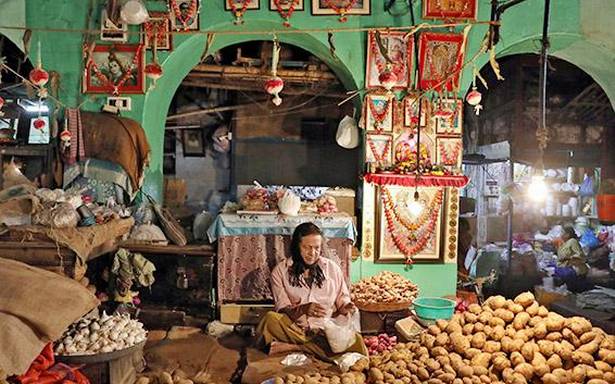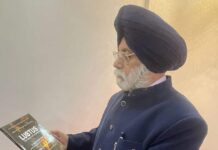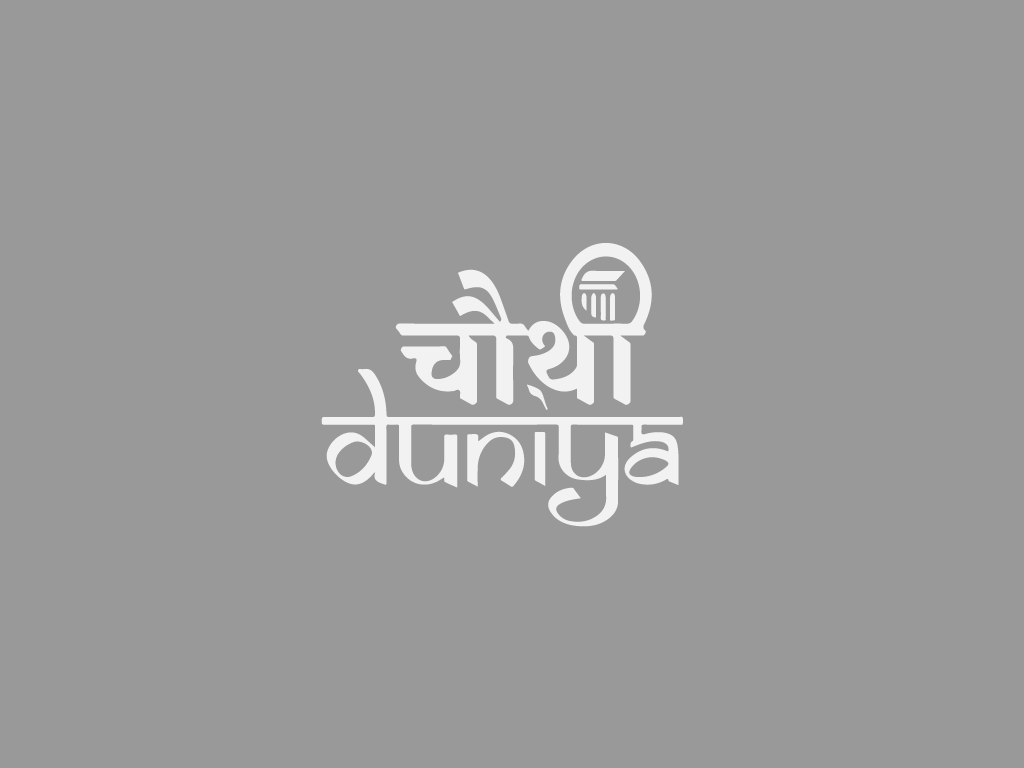The current official inflation rate does not correctly measure price rise
Inflation for the last four months has been worryingly high — wholesale price index (WPI) has been above 10% and consumer price index (CPI) crossed the 6% mark in June, which was above the Reserve Bank of India (RBI)’s tolerance band. This is happening at a time when demand has been down, unemployment has been high, many have lost incomes and poverty has aggravated. So, why is there high inflation and does the official data capture the real picture?
Data issues
In April and May 2020, data on production and prices could not be collected due to the strict lockdown. Unlock had gradually started in June and July 2020 but normalcy had not returned. So, the current data on prices for April to July 2021 are not comparable with the same months of 2020. As such, the official inflation figures for these months in 2021 do not reflect the true picture.
Anyway, a single number for inflation is an aggregate across different commodities and services— the price rise differs for different items of consumption. So, the single number is arrived at by assigning weights to different commodities and services. For WPI, the weights in production are used; for CPI, the consumption basket is used. But people are not homogenous. The consumption basket is vastly different for the poor, the middle classes, and the rich. Hence, the CPI is different for each of these classes and a composite index requires averaging the baskets. So, in a sense, it represents none of the categories.
During lockdown and unlock in 2020, people largely consumed essentials. RBI data show that consumer confidence fell drastically from 105 in January 2020 to 55.5 by January 2021. That means, even when the economy started to grow officially, consumer confidence had not recovered. Employment and incomes were still down and according to one report, 230 million slipped below the poverty line.
All this implies that the consumption basket for different sections of the population had changed. While the consumption pattern of the well-off sections may have changed little, the poor and middle classes, especially those who lost jobs and incomes, would
have had to cut back on their consumption. Thus, the weights in the CPI would have changed and inflation required recalculation, but this has not been done.
Consumer confidence was down to 48.6 in July 2021 due to the impact of the second wave of COVID-19. Additionally, inflation data under-represents services in the consumption basket. In production, services are about 55% of the GDP but have no representation in WPI and about 40% in CPI.
We know that health costs shot up during the pandemic, but is this captured in inflation figures? Similarly, education costs soared with the requirement of mobile phones, laptops and Wi-Fi. Many services were not used. Eating out and travel, for instance, should have been factored out.
In brief, the shock of lockdowns not only made data collection difficult but the consumption
basket for calculating CPI should have been changed. Inflation pinches the pockets of the consumer. If the rate of inflation is 10%, then compared to the previous year, a person has to spend 10% more to buy the same amount of things. If the person’s income also rises by 10%, inflation does not matter.
But if the person’s income rises by less than 10%, their budget gets impacted adversely. For the middle classes, both consumption of less essential items and savings get reduced. But the poor, who hardly save, have to curtail essential consumption.
In India, 94% work in the unorganised sector and mostly earn low incomes and have little
savings. By definition, they cannot bargain for higher incomes as prices rise, and get hit by
inflation. Further, due to lockdowns, the wages of many declined, both in the unorganised and he organised sectors. This has impacted their family budgets.
Consequently, demand has declined not only for non-essentials but even for essentials. In a vicious cycle, this is slowing down economic recovery and employment generation. Further, this impacts the government’s revenues and tends to increase the budgetary deficit. This puts pressure on the government to cut back budgetary expenditures, especially on social sectors.
That aggravates poverty and reduces demand further. Thus, inflation in times of low demand and reduced incomes leads to a vicious cycle of slowing the economy and a growing crisis in the lives of the poor and unemployed, most of whom belong to the unorganised sectors and some to the organised sectors.
Factors underlying inflation
The government has increased taxation of energy to raise resources. Since energy is used for all production, prices of all goods and services tend to rise and push up the rate of inflation. Further, this is an indirect tax, it is regressive and impacts the poor disproportionately more.
It also makes the RBI’s task of controlling inflation difficult. The lockdowns disrupted supplies and that added to shortages and price rise. Prices of medicines and medical equipment rose dramatically. Prices of items of day-to-day consumption also rose.
Fruits and vegetable prices rose since these items could not reach the urban markets. Their prices collapsed in rural areas but rose sharply in urban areas. Big business raised prices since competition from the unorganised sector decreased. And in spite of a lower wage bill, they raised prices; as reflected in a sharp rise in the profits of the corporate sector.
International factors have impacted prices. Most major economies have recovered and demand for inputs has increased while supplies have remained disrupted (like chips for automobiles). So, commodity and input prices have risen (like, in the case of metals). Businesses claim increase in input costs underlies price rise.
The weakening of the rupee also added to inflation. In brief, the current official inflation rate does not correctly measure price rise since the lockdown administered a shock to the economy. The method of calculating it needed modification. Many of the non-rich have suffered a double blow due to loss of income and rise in prices. This is slowing down the pickup in growth by curtailing demand.
(Arun Kumar is Malcolm Adiseshiah Chair Professor, Institute of Social Sciences, and author of ‘Indian Economy’s Greatest Crisis: Impact of the Coronavirus and the Road Ahead)















